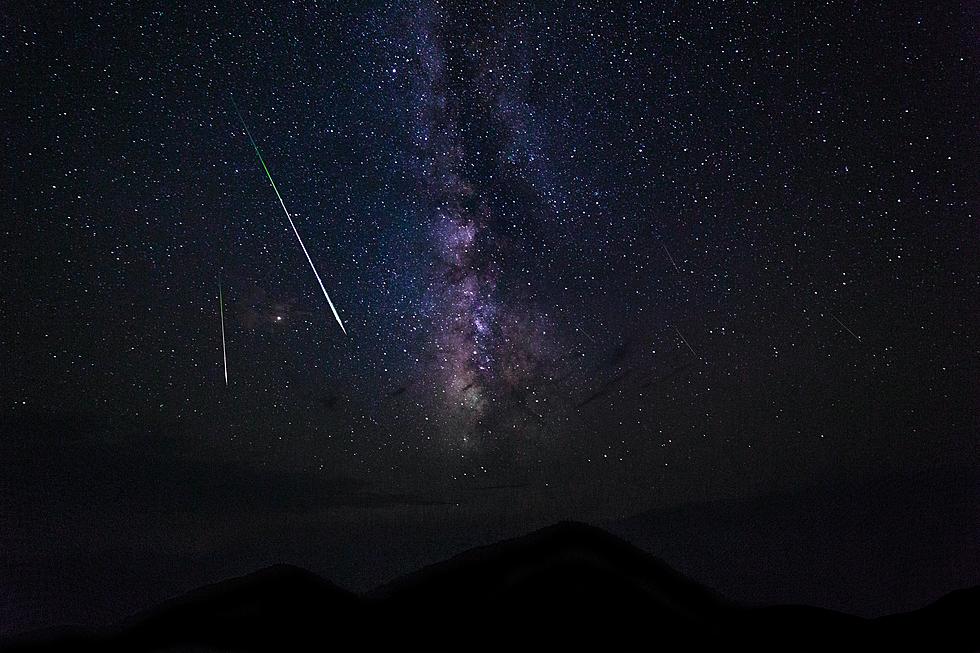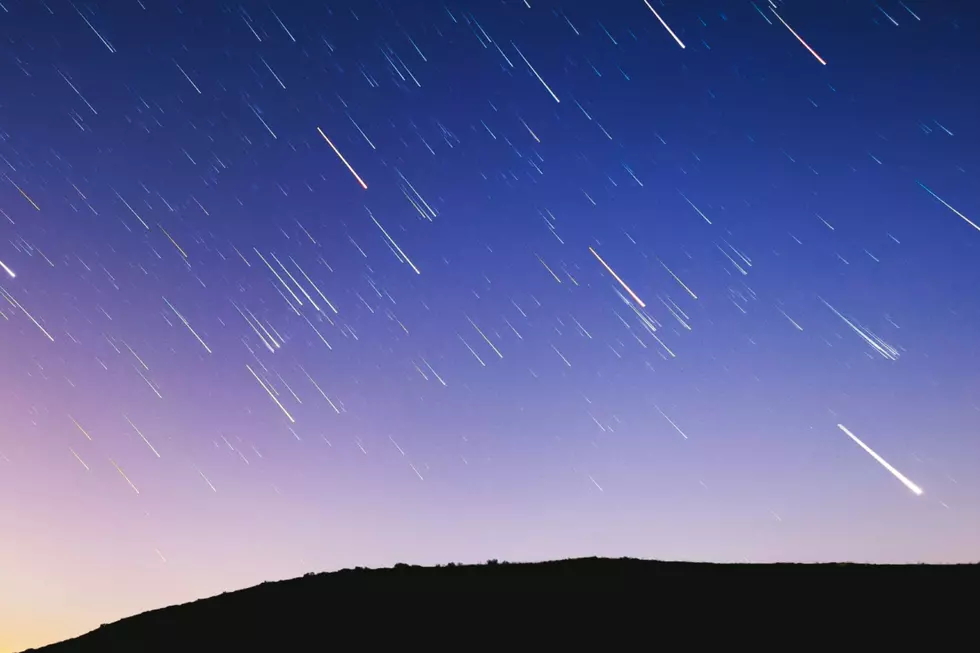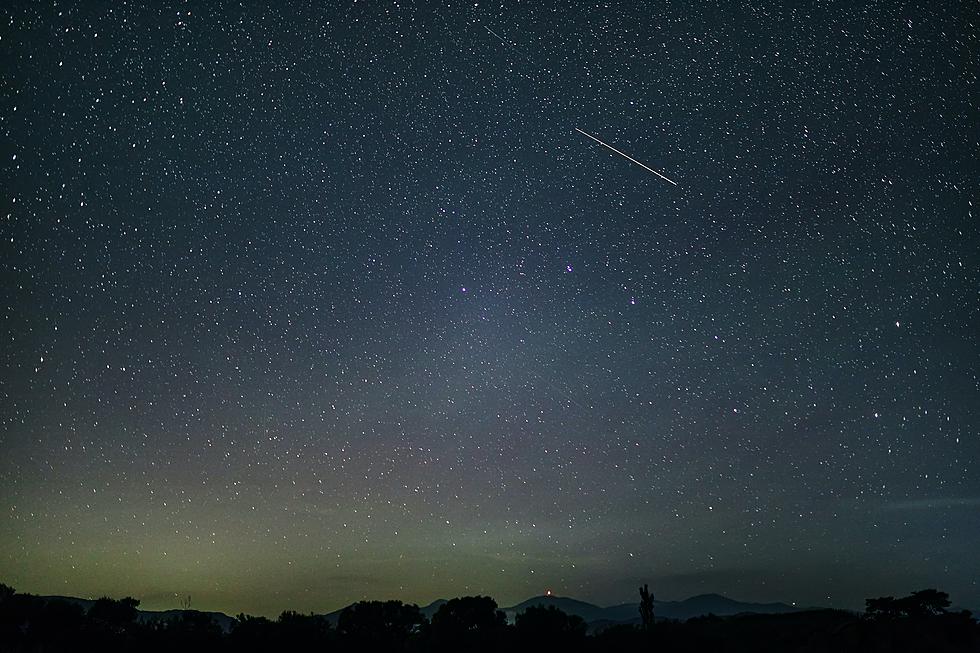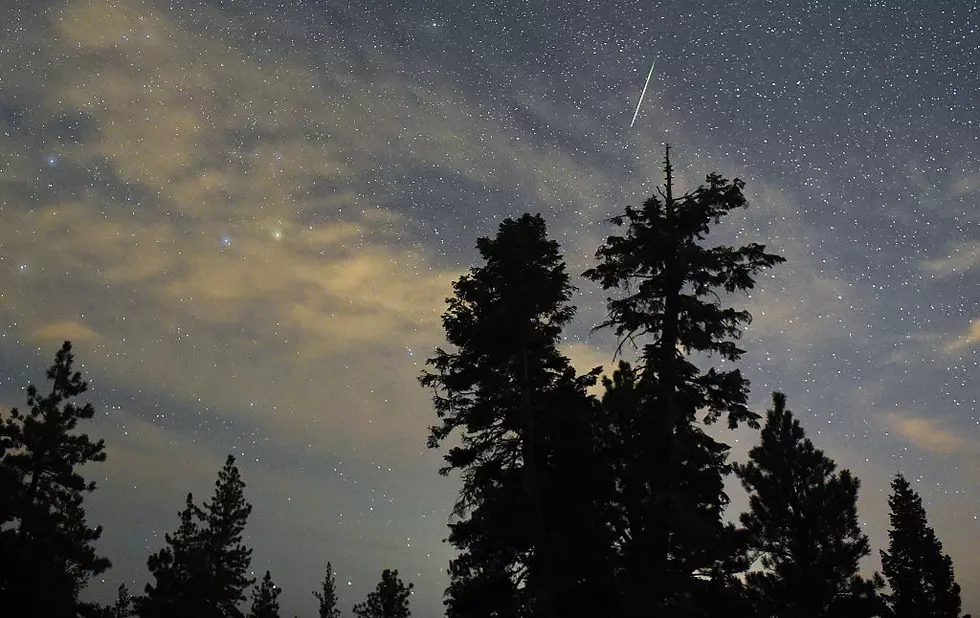
Rare Draconid Meteor Shower Will Light Up Michigan’s Night Skies This Week
Be sure to look up this week as a rare meteor event is happening across Michigan's night skies.
The Draconid meteor shower is expected to bring shooting stars across our night skies this week. What makes this meteor shower so rare is the fact that it happens in the evening rather than late at night.
According to Earth Sky, The radiant point for the Draconid meteor shower almost coincides with the head of the constellation Draco the Dragon in the northern sky. That’s why the Draconids are best viewed from the Northern Hemisphere.

When does the Draconid meteor shower happen?
The Draconid meteor shower will light up our night skies from now until Sunday evening. However, the peak of the shower is going to be on Friday, October 8. More than likely that is when you'll see the most meteors.
The best time to look up at the sky will be in the evening after the sun goes down.
How many Draconids are we expected to see?
Apparently, the Draconids aren’t a rich shower, they typically produce only about five meteors per hour. However, on rare occasions, they've been known to drop hundreds, even thousands, of meteors per hour. That's not expected to be the case this year but no one really knows for sure.
I love climbing on my roof when there's a known meteor shower. I can sit there for hours just staring up into the night sky.
The only problem we could face is an overcast evening and as of right now, that's exactly what we're going to be dealing with for the next few nights. Hopefully, we can catch a break and the sky clears up long enough to at least catch a few meteors shooting across the night sky.
KEEP READING: Get answers to 51 of the most frequently asked weather questions...
LOOK: The most expensive weather and climate disasters in recent decades
More From Banana 101.5









